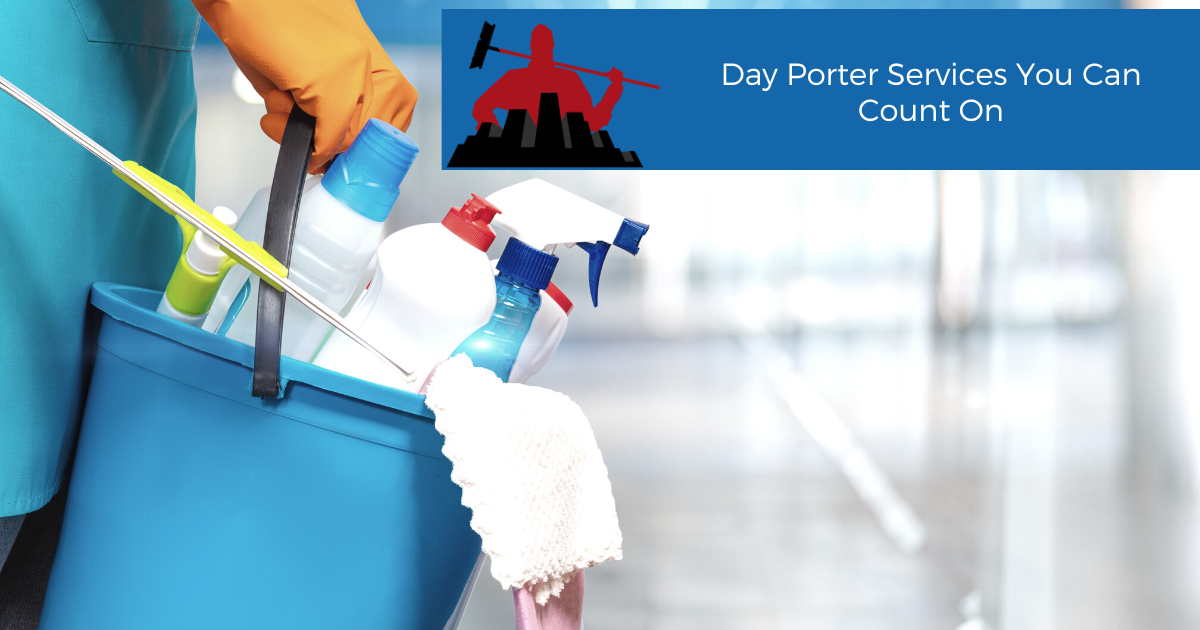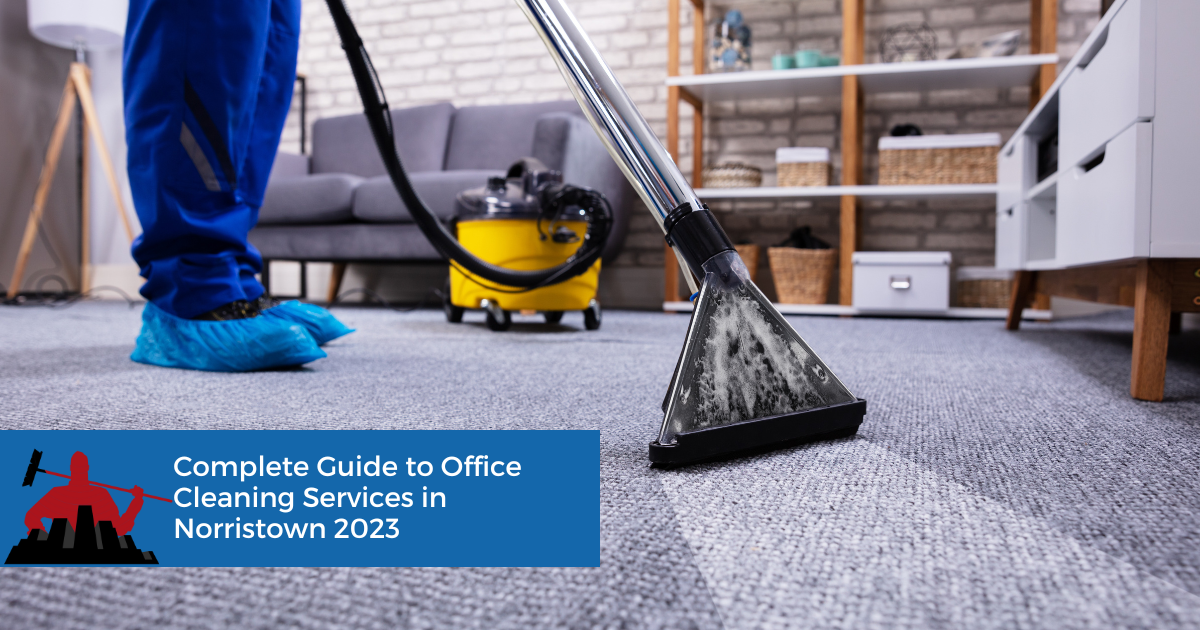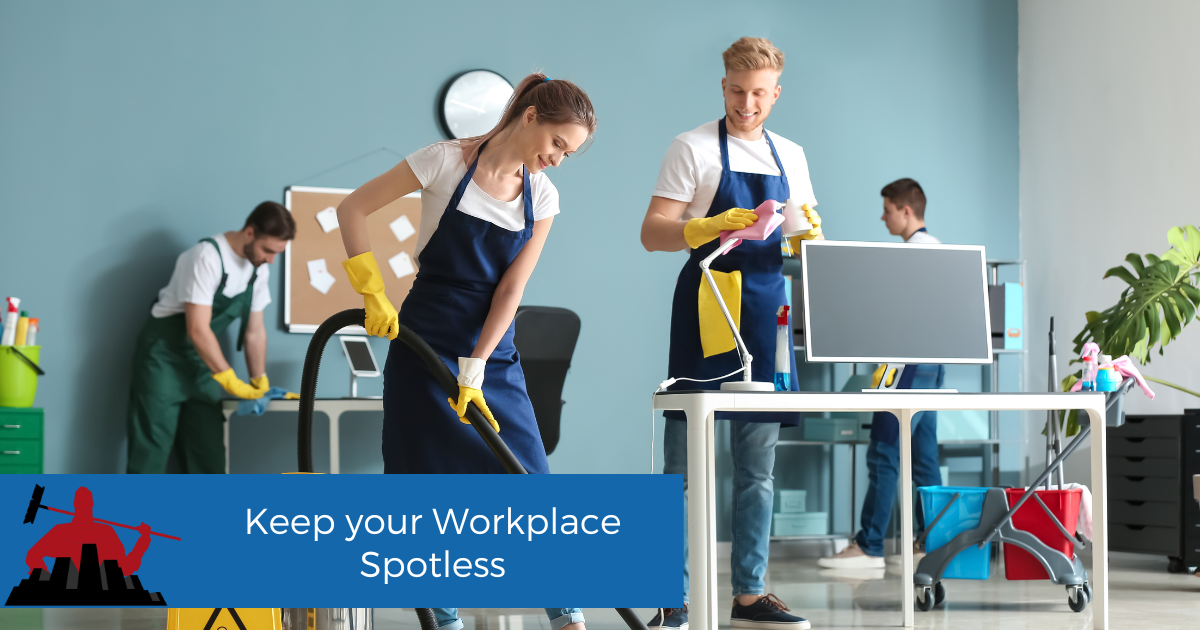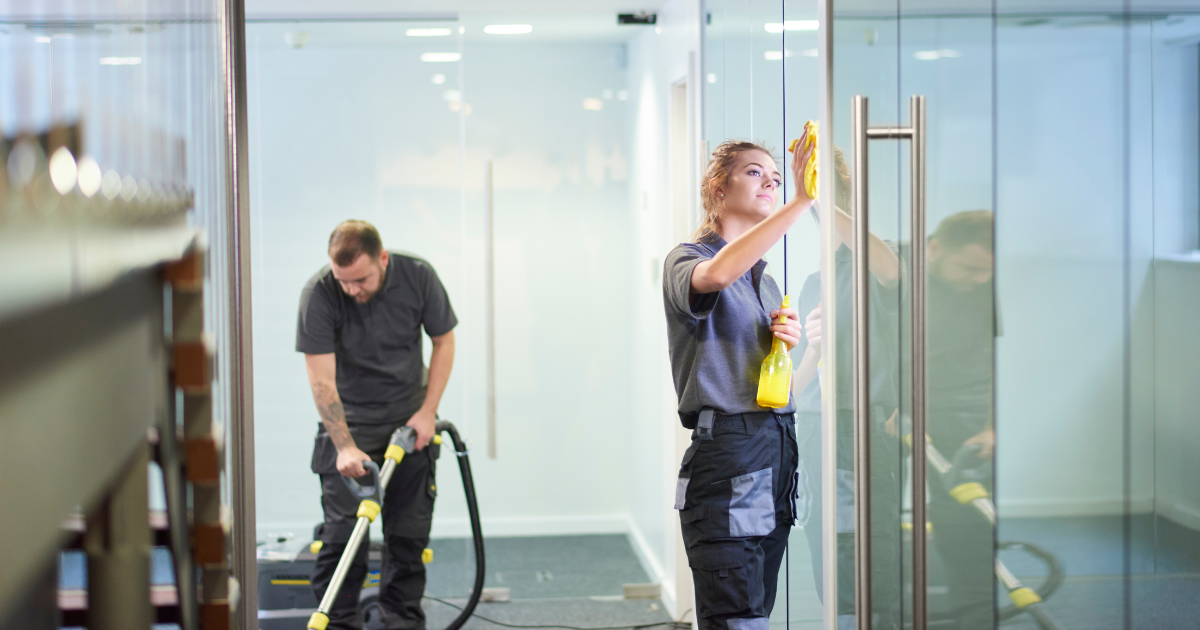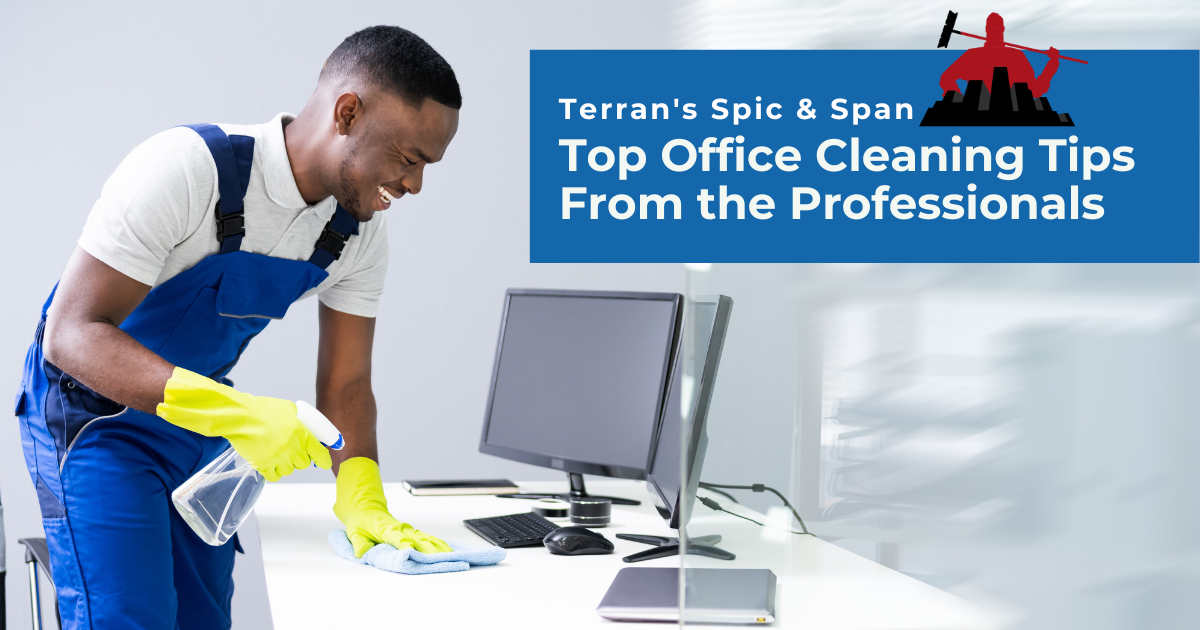Why Standard Commercial Cleaning Isn’t Enough for Medical Facilities
Share this page:
Cleanliness in medical environments is more than just aesthetics—it’s a critical component of patient safety, regulatory compliance, and overall operational effectiveness. Many outpatient clinics, urgent care centers, diagnostic imaging centers, ambulatory surgery centers, and specialty medical offices rely on commercial cleaning services to maintain their facilities. However, standard cleaning services often fall short of the rigorous sanitation and infection control protocols required in healthcare settings.
Unlike office buildings or retail spaces, medical facility cleaning involves targeted disinfection, specialized cleaning products, and strict adherence to health regulations. Without these, medical offices risk cross-contamination, the spread of infections, and even compliance violations.
So, what makes medical cleaning different from standard commercial cleaning? And why should healthcare facilities invest in specialized cleaning solutions? Let’s take a deeper look.
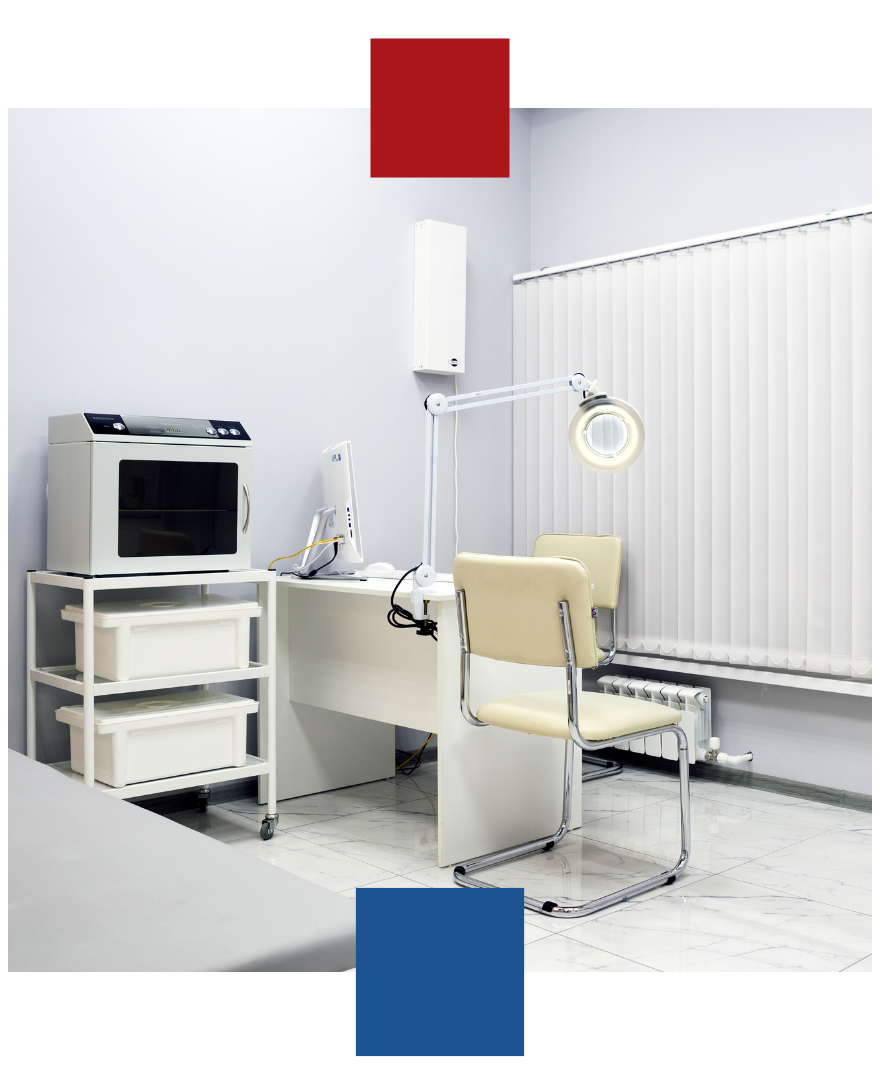
The Unique Cleaning Challenges of Medical Facilities
Medical environments require a higher level of sanitation than other commercial spaces. Here are the key challenges that make healthcare cleaning unique:
1. High-Touch Surfaces and Cross-Contamination Risks
Medical facilities see a high volume of patients and staff interactions, making surfaces like exam tables, door handles, chairs, and medical equipment prime areas for contamination. Unlike offices, where general dust and dirt are the main concerns, medical spaces must focus on eliminating bacteria, viruses, and pathogens that can lead to infections.
According to the CDC’s Guidelines for Environmental Infection Control, proper cleaning and disinfection are essential to breaking the chain of transmission in healthcare settings.
2. Compliance with Healthcare Cleaning Regulations
Unlike standard commercial spaces, medical facilities must adhere to strict regulations set by:
- CDC (Centers for Disease Control and Prevention) – Infection control protocols and surface disinfection standards
- OSHA (Occupational Safety and Health Administration) – Workplace safety, including handling hazardous materials and bloodborne pathogens
- The Joint Commission – Accreditation and compliance standards for healthcare facilities
Failure to meet these standards can result in hefty fines, reputational damage, and even legal liability. Unfortunately, standard commercial cleaning services often lack the training and expertise required to comply with these regulations.
3. The Importance of Proper Disinfectants and Cleaning Agents
Many commercial cleaning services rely on general-purpose cleaners that may be effective for dirt and grime but fail to kill harmful pathogens. Medical facilities, on the other hand, require EPA-approved disinfectants designed to eliminate bacteria, viruses, and fungi.
For example, the EPA’s List N provides a directory of disinfectants proven to kill viruses like SARS-CoV-2 (COVID-19), which must be used in healthcare environments.
4. Biohazardous Waste and Infection Control Protocols
Standard commercial cleaning services are not trained to handle biohazardous waste properly. Medical facilities generate waste that may contain bloodborne pathogens, used needles, and contaminated materials, all of which require specialized disposal methods.
Proper medical cleaning includes:
✅ Biohazard disposal training for cleaning personnel
✅ Use of PPE (Personal Protective Equipment) to prevent exposure to harmful substances
✅ Color-coded microfiber cloths and mops to prevent cross-contamination between areas
Without these protocols, the risk of spreading infections increases significantly.
Why Standard Commercial Cleaning Falls Short
Most standard commercial cleaning services focus on appearance rather than true sanitation. Here’s where they fall short in medical environments:
Most standard commercial cleaning services focus on appearance rather than true sanitation. Here’s where they fall short in medical environments:
1️⃣ Surface Cleaning Without Proper Disinfection – Many janitorial teams wipe down surfaces but fail to use the correct disinfectants with the right dwell times (how long a disinfectant must sit to be effective).
2️⃣ Lack of Infection Control Training – Standard cleaning teams are not trained in infection prevention, cross-contamination control, and regulatory compliance.
3️⃣ Missed High-Risk Areas – Commonly neglected areas in healthcare settings include waiting rooms, handrails, elevator buttons, and even patient intake tablets or credit card machines.
4️⃣ No Compliance Oversight – Commercial cleaners often lack understanding of OSHA and CDC standards, making it easy for facilities to fall out of compliance without realizing it.
This is why medical-grade cleaning services are essential for maintaining a truly safe and hygienic healthcare facility.

What Medical Facilities Need Instead
To meet healthcare standards, medical facilities must implement specialized cleaning protocols that go beyond basic
commercial janitorial services. Here’s what a medical-grade cleaning plan should include:
1. Use of Hospital-Grade Disinfectants
Medical facilities must use EPA-registered, hospital-grade disinfectants to eliminate harmful bacteria and viruses. These include solutions designed to kill MRSA, norovirus, C. difficile, and other dangerous pathogens.
2. Trained Cleaning Professionals
Unlike standard cleaners, healthcare cleaning professionals receive specialized training in:
✅ Infection prevention and control
✅ Cross-contamination reduction techniques
✅ Compliance with OSHA and CDC cleaning standards
✅ Proper use of disinfectants and cleaning equipment
3. Cleaning Frequency and Protocols
- High-touch surfaces: Cleaned multiple times a day
- Patient exam rooms: Disinfected between each visit
- Restrooms and common areas: Thoroughly cleaned and sanitized daily
- Medical equipment: Wiped down with the appropriate disinfectants to prevent contamination
4. Advanced Disinfection Technology
Some healthcare cleaning providers use advanced disinfection methods, such as:
- Electrostatic spraying – A method that ensures disinfectants coat all surfaces evenly
- UV-C light disinfection – Used in high-risk areas to kill pathogens at the DNA level
The Impact of Proper Medical Facility Cleaning
To meet healthcare standards, medical facilities must implement specialized cleaning protocols that go beyond basic commercial janitorial services. Here’s what a medical-grade cleaning plan should include:
Learn More About Medical Facility Cleaning
Relying on standard commercial cleaning services is a risk that medical facilities can’t afford. To ensure compliance, patient safety, and infection control, healthcare providers must invest in specialized cleaning services that meet industry standards.
If your facility is still using a general cleaning service, it’s time to reassess your approach. Learn more about our professional medical facility cleaning solutions and discover how we can help you create a cleaner, safer environment.
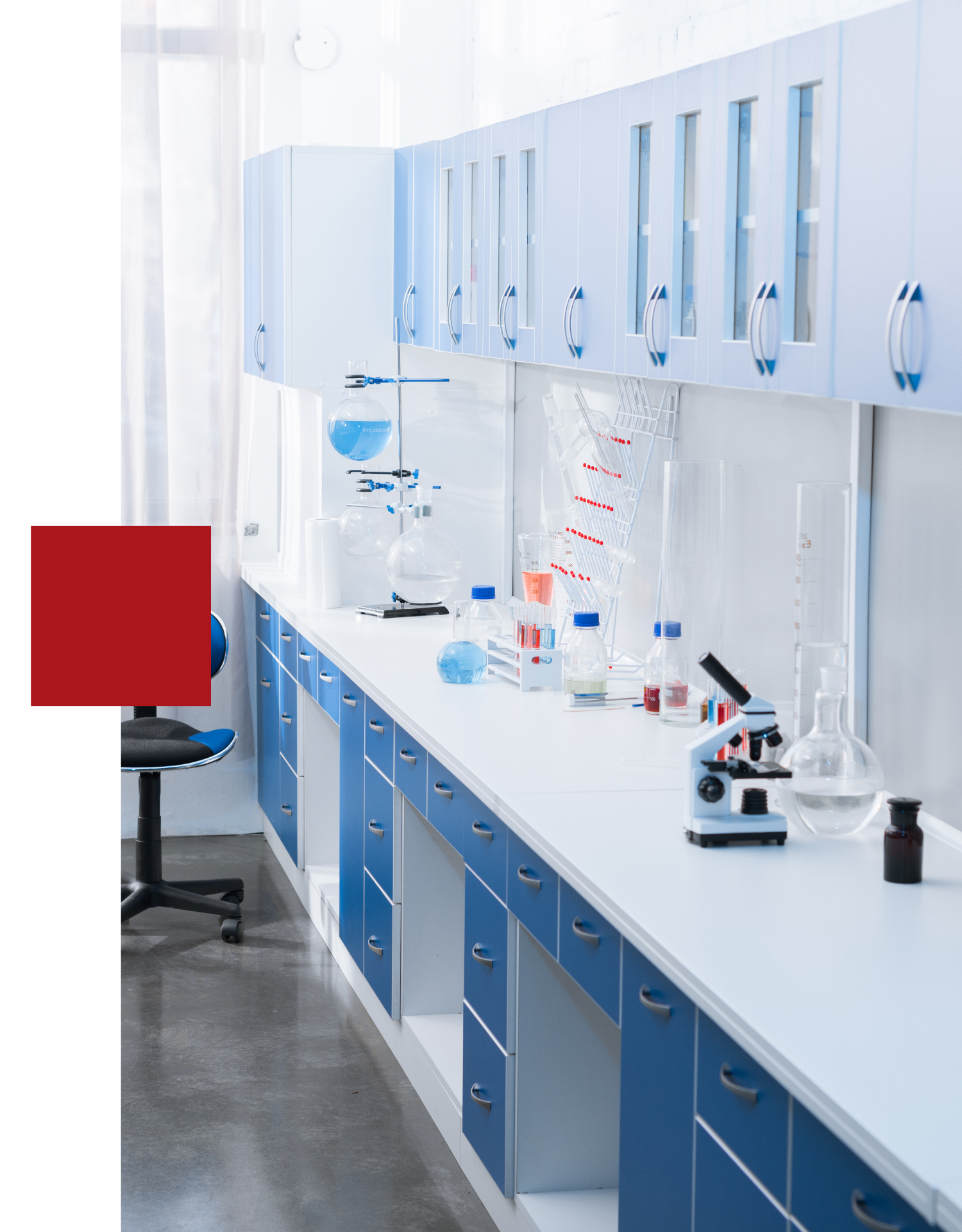
Related Topics:


